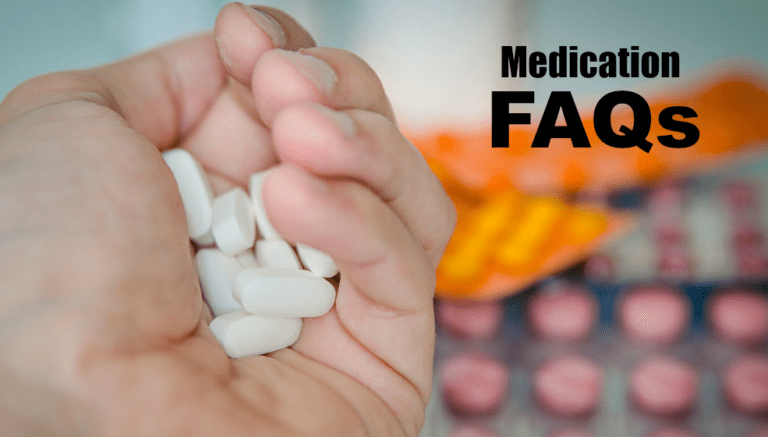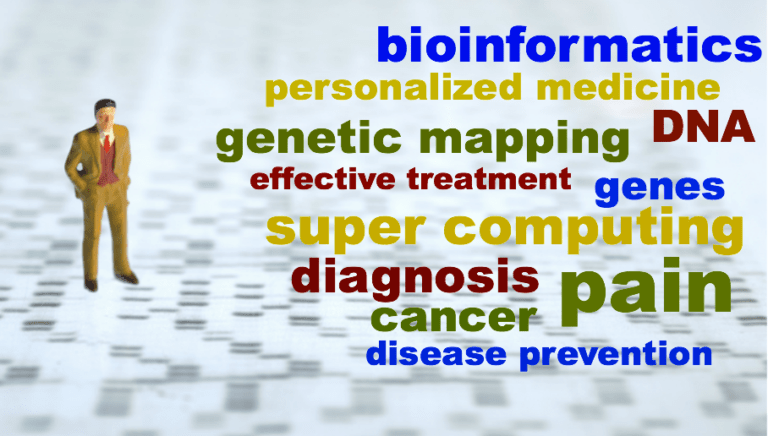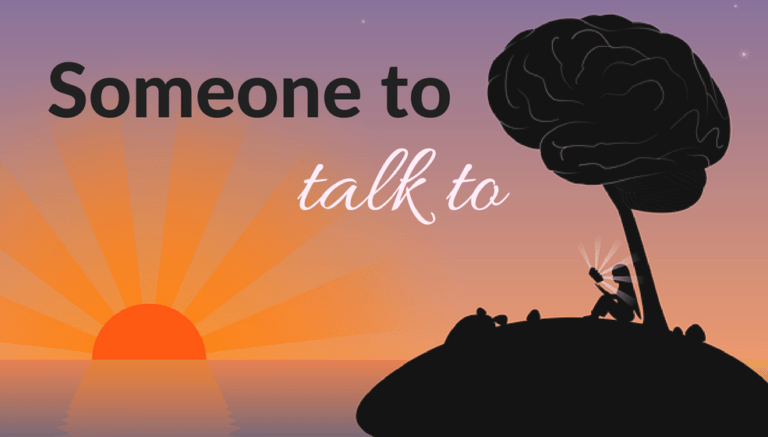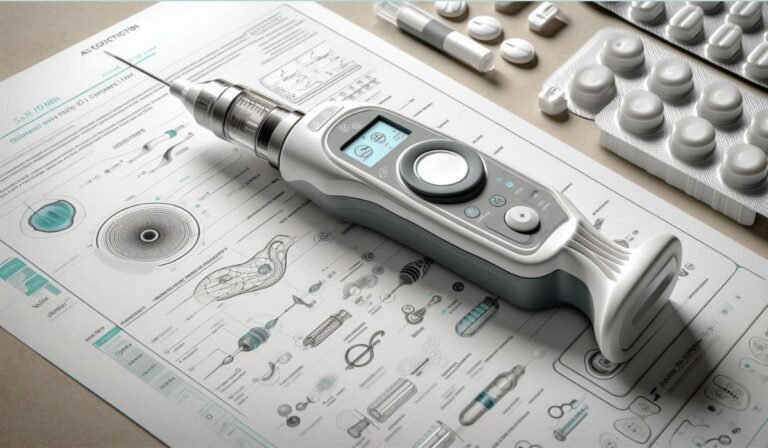Women and Chronic Pain: Why Women Experience it More Than Men
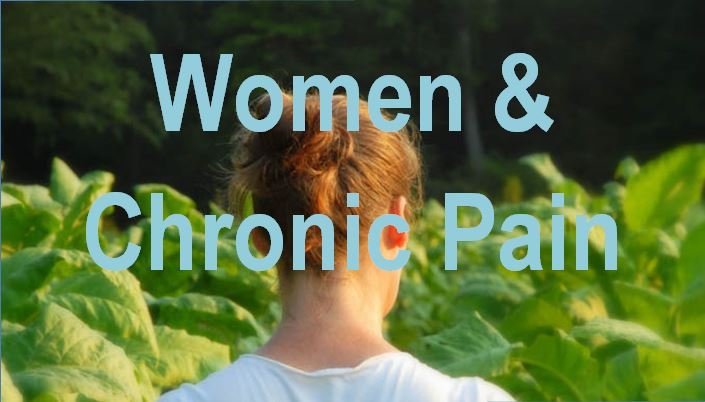
When we shared a recent Wall Street Journal article on our Facebook page, it attracted attention.
The article, Why Women Are Living in the Discomfort Zone, raises an interesting fact: There are 100 million American adults living with chronic pain, according to the Institute of Medicine, and most of them are women. Nobody really knows why. So, we set out to explore more about women and chronic pain and asked Dr. Dawn Buse her opinion on this interesting subject. Here’s what she had to say:
Dr. Dawn Buse
Why Women?
Women experience many chronic pain conditions at higher rates than men including fibromyalgia, back pain, migraine, tension type headache, osteoarthritis, and several other musculoskeletal, oral, and neuropathic pain conditions.
In addition, science has shown us that men and women experience pain differently. It has been shown that women have lower pain thresholds. This theory is often tested by inducing pain, for example, submersing one’s hand in freezing cold water and recording at what temperature and how long until pain is felt. Generally men have higher pain thresholds.
The Factors
Although the specific reasons for these differences between the sexes is not fully understood yet, it is likely that there are multiple factors at play including biological, psychological, social and cultural. There may be genetic coding which predisposes women to higher pain sensitivity. Recent scientific results suggest that there are genetic differences in response to pain between men and women. Endogenous opioid system (or “natural painkillers”) may function differently in bodies of males and females.
Hormones Play a Role
Hormones and female hormonal cycles are highly related to pain sensitivity. Experiments manipulating male and female hormones in mice show interesting results. Male mice that were injected with estrogen show a lower tolerance for pain. Conversely, female mice who were injected with testosterone show higher pain thresholds. These sex hormones seem to change our sensitivity to pain. One theory behind this is that females carry the majority of the responsibility for reproduction and survival of the species. It is very important that females protect not only themselves, but also their future offspring.
Expressing Pain
Psychosocial factors are also very important in understanding why the sexes react differently to pain. These may include early social and family responses to the expression of pain, early life exposure to stress, and other factors. For example, in the same family, a girl child may have been cuddled and hugged following a painful fall, while a boy child may have been told to “be tough” and “walk it off”. These early teachings can be deeply ingrained and stay with us throughout life. Additionally, we have found that people who were maltreated as children have higher rates of almost ALL chronic pain conditions.
Women Take Charge
Interesting, recent research has shown that women recover more quickly from pain, are more open to seeking and receiving help for pain, and are less likely to allow pain to control their lives. Women seek medical care more frequently for pain conditions, follow medical advice more consistently, and are better at talking about their pain with others including healthcare professionals, friends, family and colleagues. Women are generally better at developing support networks and using coping skills such as distraction techniques, relaxation practices, and pacing.
The Challenges
Managing chronic pain as a woman can be especially challenging due to the multiple roles and pressures experienced by women today. Many chronic pain conditions are most prevalent during mid-life, a time when women are also juggling multiple responsibilities such as jobs, children, marriage, caring for aging parents and a host of other responsibilities.
Women today have more and more responsibilities but less and less support than in previous generations. In research that I am currently involved in conducting we surveyed thousands of people with chronic migraine. We found that more than two thirds of women reported feeling guilty that they were not being good mothers, good wives, and reported a general sense of letting others down. However, they actually missed fewer family activities than their male counterpoints with migraine!
Women Carry a Heavy Burden
We worry about taking care of others, often at the expense of our own well-being. And we often carry feelings of guilt, worry, and sadness about how chronic pain conditions affect our families, friends and colleagues.
It is especially important for women living with chronic pain to treat themselves with the same care that they would show others. They should carve out time for self-care and pleasant activities, stay physically active when possible, get enough sleep, maintain a healthy diet and weight, keep up relationships with supportive friends and family, practice stress management and relaxation techniques, and seek professional help if feelings of sadness, anxiety, guilt, hopelessness or helplessness become overwhelming.
What your thoughts on this subject? Comment below.
PainPathways Magazine
PainPathways is the first, only and ultimate pain magazine. First published in spring 2008, PainPathways is the culmination of the vision of Richard L. Rauck, MD, to provide a shared resource for people living with and caring for others in pain. This quarterly resource not only provides in-depth information on current treatments, therapies and research studies but also connects people who live with pain, both personally and professionally.
View All By PainPathways

